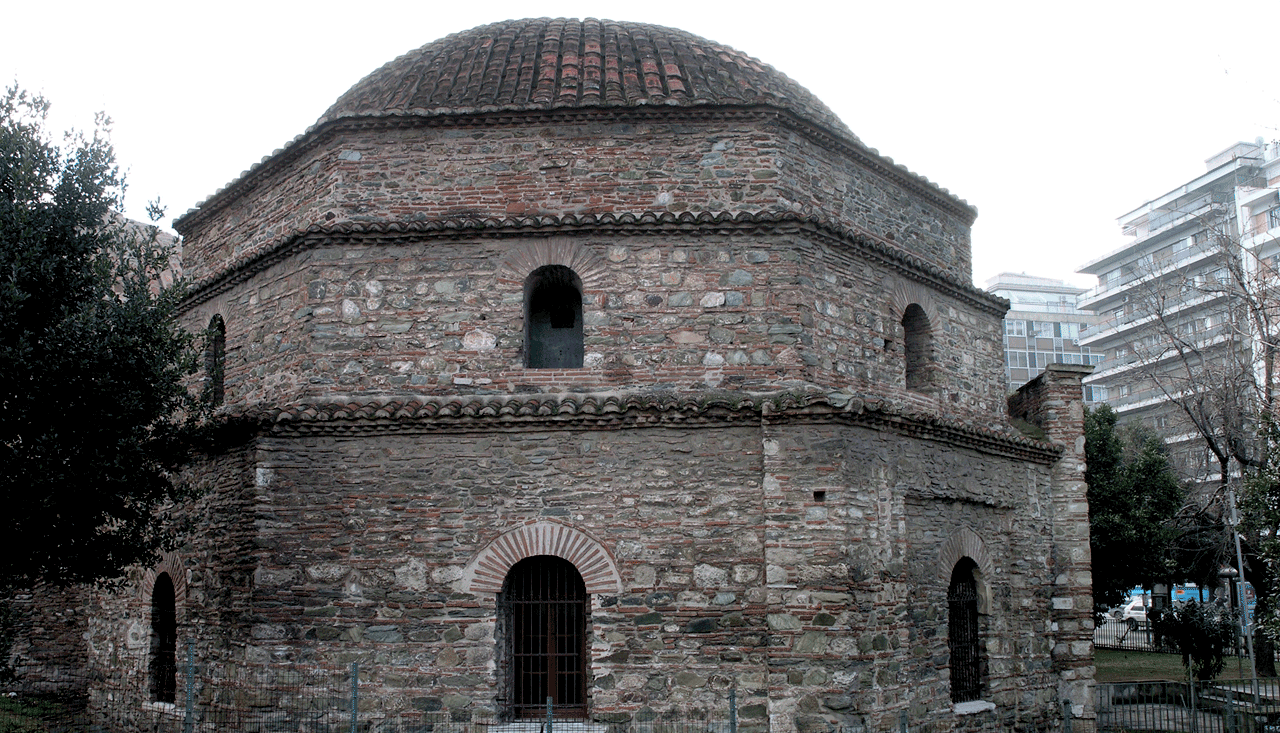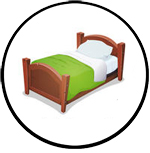Ottoman architecture in Thessaloniki
The city included numerous Ottoman buildings. A number of djamis have been preserved, such as the Hamza Bey Camii of 1467 – 68, the Alaca Imaret Camii of 1484, the Yeni Camii of the early 20th century, as well as other public buildings, such as the Bay Hamam, an impressive double bath of the mid 15th century, an inn and some fountains in the upper city.
They cannot compete in size, quality and decoration with the buildings of Constantinople, especially since in the case of Thessaloniki, the most important djamis were but altered old Christian churches (Rotonda, Acheropoietos, Hagios Demetrios, Hagia Sophia). Nevertheless, they serve as notable examples of provincial architecture and they eloquently speak of the historic part of the city.
Bezesteni Market
The Turkish word Bezesteni or Bezesten is derived from the Persian word Bezzazistan which means "clothing materials market." These markets sold silk and other expensive materials and this is the main reason why they were always guarded. The Thessaloniki Bezesten was built around the end of the 15th century in a rectangular design covered by six lead domes.
Directions -> How to get there

Bey Hamam (The "Paradissos" Baths)
The "Paradissos" (paradise) bath-house in the centre of Thessaloniki is the original Bey Hamam built in 1444 by the sultan Murat II, conqueror of Thessaloniki.
Directions -> How to get there

Alatza Imaret
Alatza Imaret was built in 1484 by Ishak pasta, who had been appointed governor of Thessaloniki during the reign of Sultan Bayezid II (1481-1512). During his stay in the city he built a mosque which also served as Imaret (poorhouse). The building comprises a spacious central rectangular prayer room covered by two equal spherical domes, and side rooms that served other functions, such as teaching, providing food for the poor, etc. Nowadays is used as an exhibition gallery for the Municipality of Thessaloniki.
Directions -> How to get there

Alkazar
Alkazar is known as the Hamza Bey Tzami was build in 1484.
Directions -> How to get there

Pasha Hamam
The Pasha Hamam also known as the phoinix baths, was build by Chezeri Pasha in the 1520s, on the site of an earlier Byzantine Bath.
Directions -> How to get there

Yahudi Hamam(the florists' shoos)
The building that now hosts flower-shops, a use that gave the name "looudadika" in Vassileos Irakliou Street was originally a Turkish bath constructed in the 16th century.
Directions -> How to get there

Yeni Hamam (the "Aigli" cinena)
The Turkish baths Yeni Hamam were built in the 16th century The structure was used for decades as a cinema, and recently as an famous entertainment venue.
Directions -> How to get there

Yeni Dzami
The Yeny Dzami is the old archaeological museum. Designed by Vitaliano Posselli this ornate building was build in 1902 by Dönmen (Islamicised Jews). Marble sarcophagi, sculptures and various arhitechular elements from ancient buildings still lie in its yard from when it was a museum. Now used by the city for exhibitions.
Directions -> How to get there














